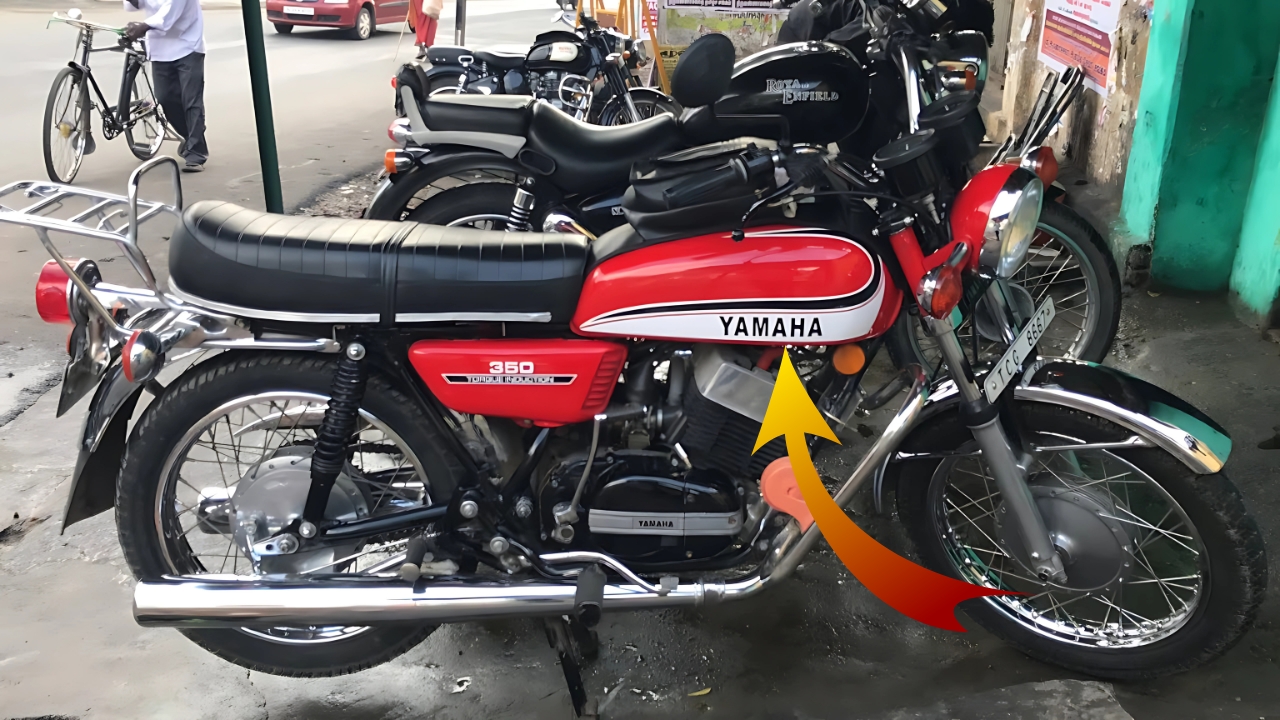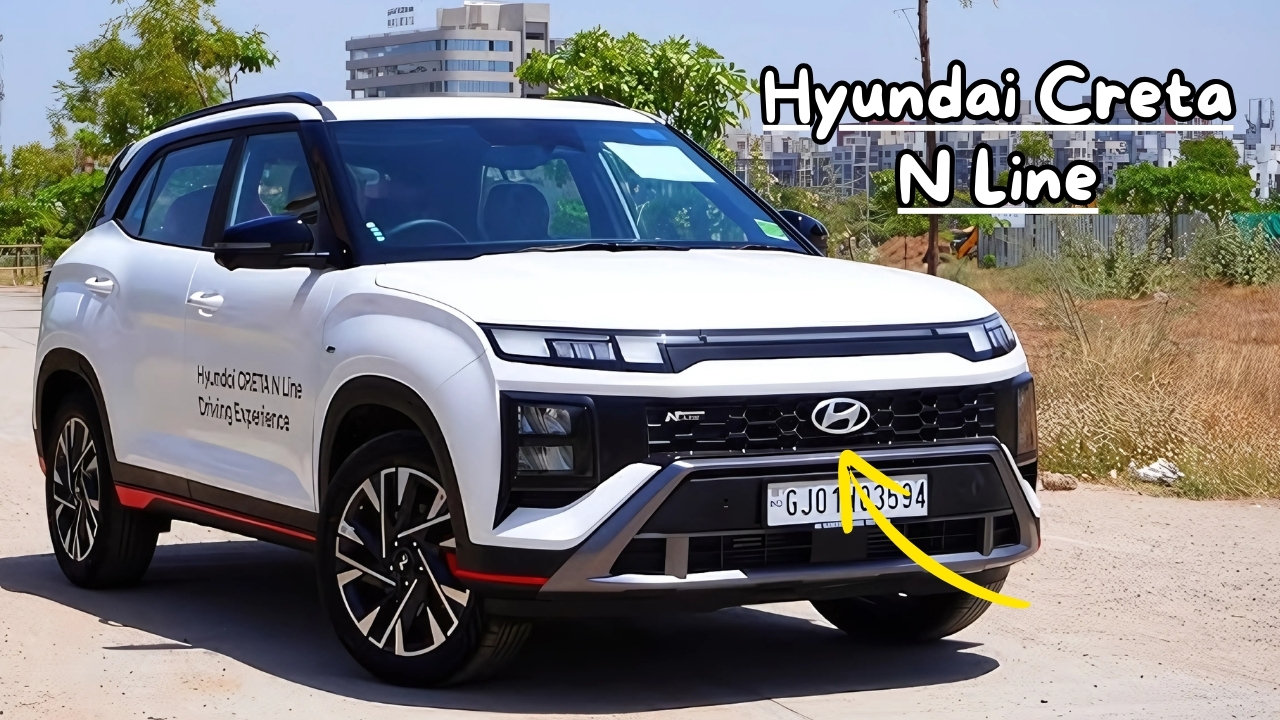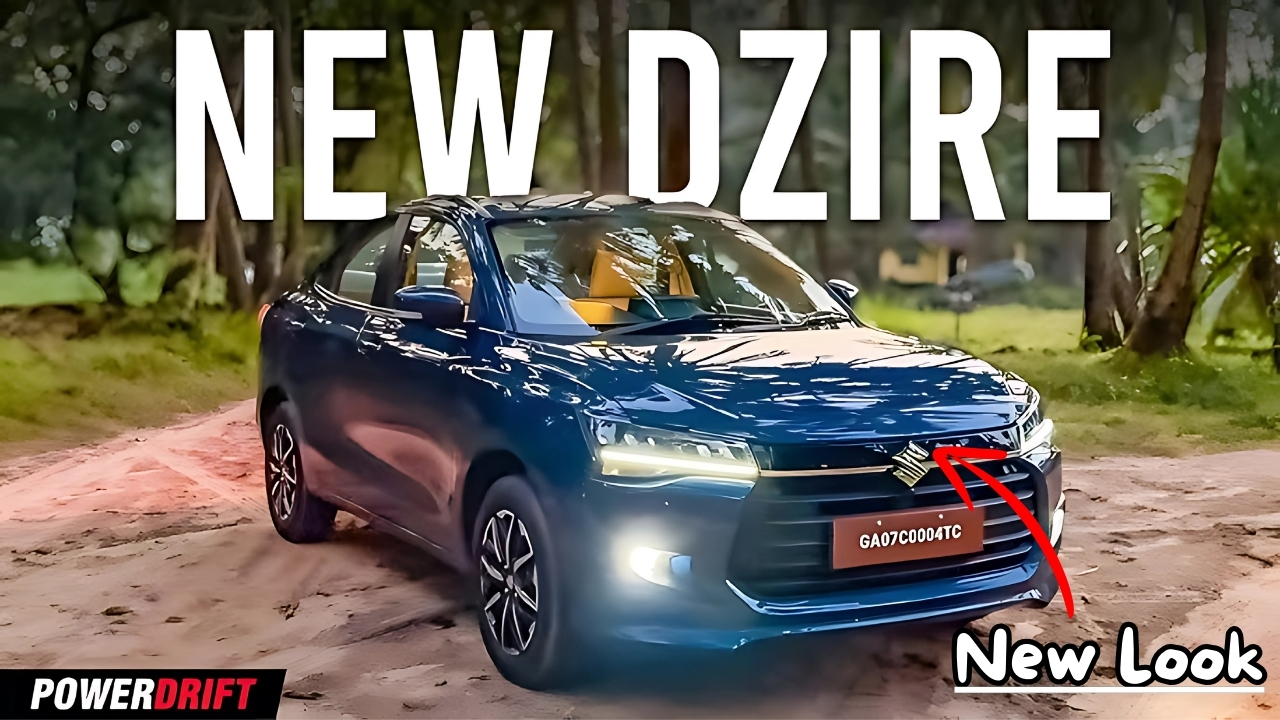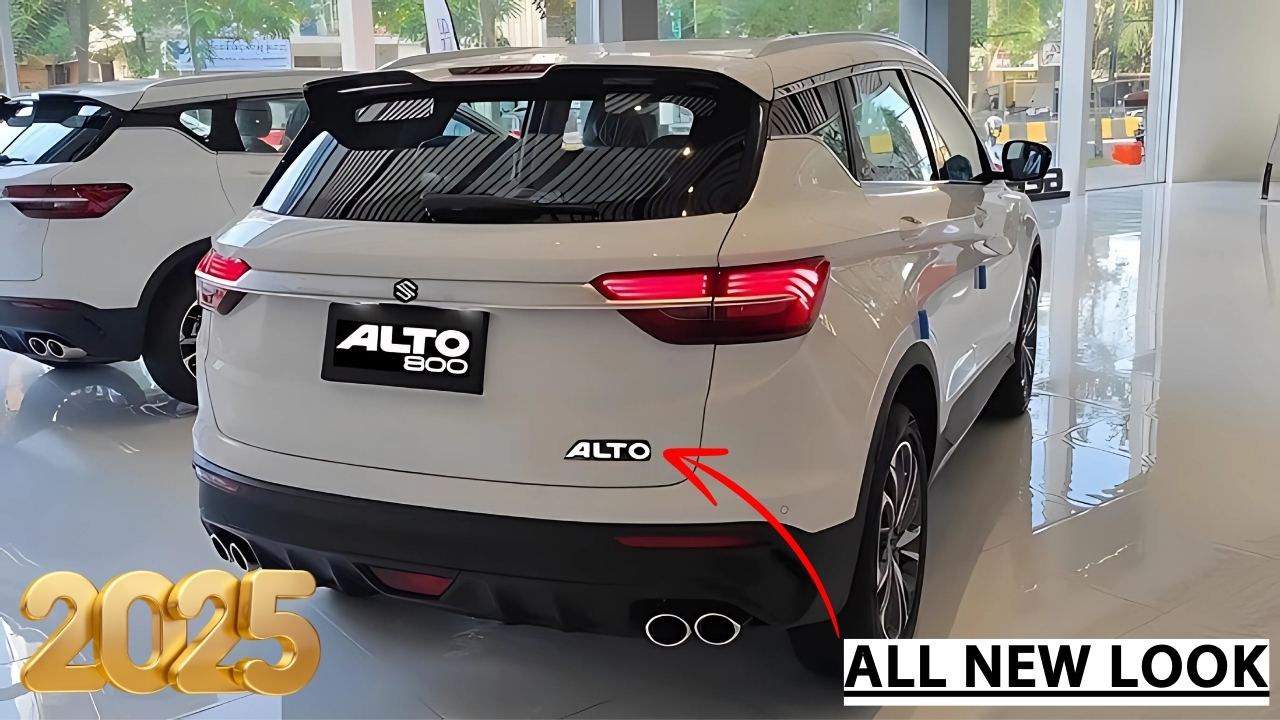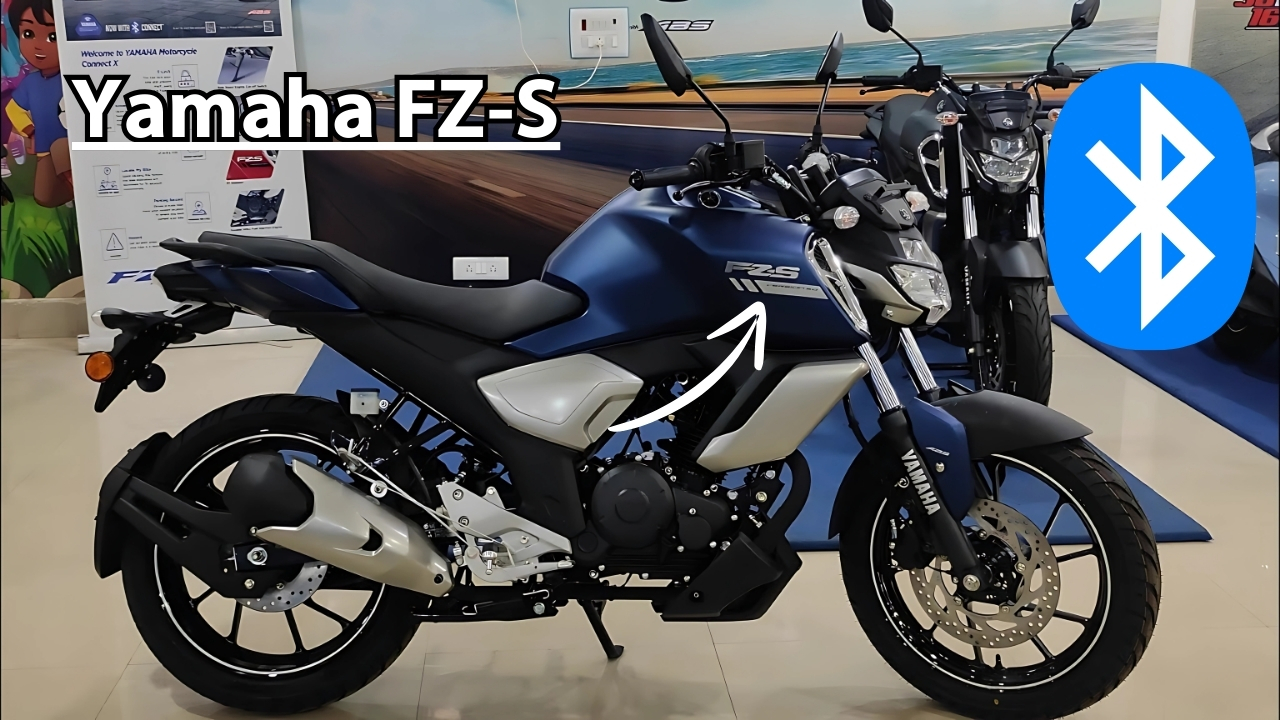Yamaha RD 350 : In a surprising development that has motorcycle enthusiasts buzzing, Yamaha is poised to bring back its legendary RD 350 model.
This anticipated launch appears to target the stronghold of Royal Enfield, specifically its cherished Bullet series, within the mid-capacity retro motorcycle market.
As fans eagerly await official updates, let’s explore the potential ramifications of this revival and what it might signify for the motorcycle landscape.
The Yamaha RD 350, fondly dubbed the “King of the Streets” during its prime, made a lasting impact on the Indian motorcycle landscape throughout the 1980s and early 1990s.
First introduced worldwide in the early 1970s, the Indian version hit the market under the Escorts Group label as the Rajdoot 350.
Yamaha RD 350: A Trailblazer’s Journey
The RD 350 tailored for India was revolutionary, powered by a 347cc, two-stroke, twin-cylinder engine. It came in two styles: a High Torque model producing 30 bhp and a Low Torque variant offering a better fuel economy at 27 bhp.
This motorcycle marked the arrival of the first genuine performance bike in India, setting unprecedented standards for speed and power in its time.
The Widowmaker Moniker
The bike’s impressive performance led to some controversial nicknames. While some enthusiasts interpreted the “RD” as “Race-Derived,” others ominously referred to it as “Racing Death” or “Rapid Death.”
These ominous nicknames eventually earned it the infamous title of “Widowmaker.” However, instead of deterring riders, these labels seemed to enhance its appeal, contributing to a loyal following in India.
The Rumored Revival: What We Know So Far
While Yamaha remains mum on specific plans, insiders hint that the revamped RD 350 might be unveiled as soon as 2026. This resurrection is thought to align with Yamaha’s strategy to meet the increasing appetite for retro-styled bikes nestled in modern engineering.
Potential Specifications
Although details remain sparse, industry experts speculate that the new RD 350 could present the following features:
-
A contemporary 350cc parallel-twin engine, likely four-stroke to comply with current emission standards
-
Classic-inspired aesthetics with updated elements
-
Modern tech features such as ABS, ride-by-wire throttle, and various riding modes
-
A potential variant featuring a larger 400cc or 450cc engine to cater to multiple segments
The Royal Enfield Bullet: The Incumbent to Beat
To grasp the importance of the RD 350’s potential return, one must consider its chief rival: the Royal Enfield Bullet. For years, the Bullet has been the preferred choice for those seeking a classic motorcycle experience.
Bulllet’s Enduring Legacy
The Royal Enfield Bullet, notably its 350cc version, has remained a cornerstone of the Indian motorcycle scene for decades. Its straightforward, rugged design and iconic single-cylinder engine solidify its status in Indian motorcycling culture. The Bullet successfully merges nostalgia with reliability, delivering riders a slice of motorcycle history alongside contemporary conveniences.
Recent Innovations
Royal Enfield hasn’t laid low, either. The brand has consistently updated the Bullet and broadened its range. The introduction of the 350cc J-series engine in models like Meteor and Classic 350 has revitalized the lineup, offering smoother performance and enhanced reliability while keeping the classic Bullet essence.
The Battlefield: Retro Market Dynamics
The possible comeback of the Yamaha RD 350 coincides with a surge in the retro motorcycle market both globally and particularly in India. This growth is fueled by a mix of nostalgia from older riders and an appetite for classic looks paired with modern dependability among younger enthusiasts.
Market Segmentation
We can categorize the retro motorcycle market into three key segments:
-
Entry-level (250-350cc): Largely dominated by Royal Enfield’s 350cc models
-
Mid-range (400-650cc): A competitive space featuring Royal Enfield’s 650 twins and the prospective RD 350
-
Premium (700cc and above): Represented by brands such as Triumph and Harley-Davidson
If Yamaha steps in with the RD 350, it would mainly target the first two segments, directly confronting Royal Enfield’s grip on the market.
The Clash of Titans: RD 350 vs. Bullet
If these speculations are accurate, the Yamaha RD 350’s launch could lead to a thrilling face-off with the Royal Enfield Bullet. Here’s how they may compare:
Performance
Renowned for its thrilling performance, the original RD 350 set a high benchmark. If Yamaha can recreate that excitement using modern technology, it could outperform the Bullet in terms of speed and acceleration.
However, Royal Enfield’s recent enhancements in engine refinement and the addition of 650cc twins indicate that they shouldn’t be overlooked when it comes to performance.
Heritage and Brand Loyalty
Royal Enfield holds a significant advantage in brand loyalty, especially within India. The Bullet transcends merely being a motorcycle; it symbolizes a cultural legacy. For Yamaha, the task will be to evoke the nostalgia attached to the original RD 350 while also attracting new riders who may not share that emotional connection.
Technology and Features
This is where the competition may become more intriguing. If Yamaha incorporates state-of-the-art technology in the new RD 350, it could attract tech-oriented riders. Royal Enfield has gradually modernized its offerings, yet there remains an opportunity for a newcomer to disrupt the market with advanced features.
Pricing and Accessibility
Royal Enfield’s stronghold lies in providing an approachable entry into the classic motorcycling realm. To capture this segment, Yamaha will need to strategically price the RD 350. If positioned as a premium option, it could carve out a niche between the Bullet and higher-end retro alternatives.
Impact on the Industry
The reemergence of the Yamaha RD 350 could significantly affect the motorcycle sector, especially in markets like India where retro motorcycles are in high demand.
Innovation Boost
Healthy competition fosters innovation. Royal Enfield may feel compelled to expedite its development cycles and incorporate more advanced elements to keep its market lead. This could result in rapid advancements within the retro motorcycle segment, ultimately benefiting consumers.
Market Expansion
The excitement surrounding the RD 350’s comeback could attract fresh riders to the retro market, thereby broadening the overall landscape. This, in turn, might encourage other manufacturers to unveil their own vintage-inspired models.
Shift in Consumer Preferences
If Yamaha successfully merges nostalgic design with exceptional performance, it could reshape expectations within the segment. Riders might begin leaning toward power and cutting-edge features in their retro-styled motorcycles, prompting other brands to adapt accordingly.
Challenges and Opportunities
While the prospect of a new Yamaha RD 350 ignites excitement, it presents several challenges:
Emission Norms
One significant challenge will be adhering to existing and future emission regulations. The two-stroke engine that defined the original RD 350 cannot be reintroduced in today’s regulatory climate. Yamaha must find a way to encompass the spirit of the original while offering a more eco-friendly engine alternative.
Balancing Nostalgia and Modernity
Finding the perfect blend of retro charm and contemporary features is crucial. Leaning too much into modernity could result in losing touch with the original essence. Conversely, clinging to outdated designs might hinder competitiveness against current offerings.
Production and Supply Chain
Scaling up production for a new model, especially one with such lofty expectations, poses challenges. Yamaha must establish a reliable supply chain to meet potential demand without compromising on quality.
The Road Ahead
As motorcycle fans await formal announcements from Yamaha, the anticipated return of the RD 350 represents more than just a product launch. It symbolizes the lasting allure of classic design and the powerful grip of nostalgia in the motorcycle world.
Whether the new RD 350 can live up to the legacy of its predecessor remains unknown. However, it’s clear that its presence could significantly disrupt the market, inspiring competitors to innovate and giving riders increased options in the retro motorcycle category.
For Royal Enfield, the challenge lies in retaining its leadership position amid renewed competition. For Yamaha, this is a chance to reclaim its place in motorcycling history and create a new niche in a thriving market.
As this story unfolds, one thing stands certain: the potential revival of the Yamaha RD 350 goes beyond just launching a new bike. It’s about reigniting passion, challenging established norms, and shaping a new chapter in the timeless legacy of classic motorcycling.
Exciting times are undoubtedly on the horizon for both Royal Enfield devotees and nostalgic Yamaha fans in the realm of retro motorcycles.
